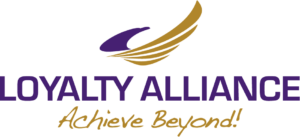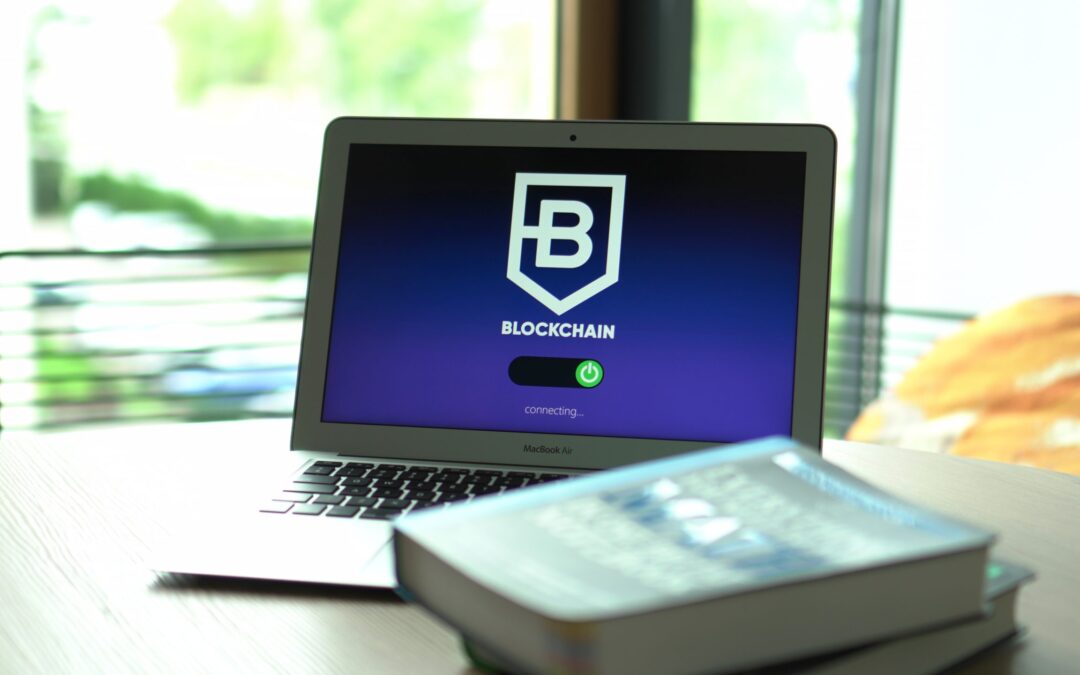Everything changed when the Internet (Web 2.0) became a thing in the late 90s. E-mails replaced faxes. We no longer had to leave our homes to interact with other humans. Everyone’s attention span was cut in half. As we evolve into Web 3.0, Blockchain technology is accelerating even faster than the Internet did during its adoption. Some find this evolution scary, intrusive, and overwhelming.
Keep in mind that the Internet is over 25 years old in its current form. When it was born, the Backstreet Boys had just released their first single, and Windows ’95 was freshly released. To help ease the transition into that terrifying software, Microsoft made an instructional video with Friends’ Matthew Perry and Jennifer Aniston. No, really. It’s right here.
It’s safe to say that things have changed a bit. The Backstreet Boys are now a Vegas act, Windows ’95 boxes are being sold as antiques, and Friends just released an incredibly uncomfortable reunion show that reminded most of us just how old we are. As for the Internet, Blockchain technology is now accelerating at a pace that exceeds the growth of the Internet at the height of its adoption. So what exactly is the Blockchain, anyway? What can it do, and why don’t people trust it? We’ll tackle these questions and a few more…hopefully without too many more 90s pop culture references.
Question One: What the heck is “The Blockchain,” anyway?
Try talking to a relative about Blockchain at the dinner table, and odds are they’ll immediately develop a defensive posture and tune out almost instantly. Why? Most people equate Blockchain with Bitcoin, and a large percentage of our society is incredibly distrustful of Bitcoin, particularly in 2022. The truth is: Most people genuinely don’t understand what Blockchain is or what it does.
 Equating Bitcoin to Blockchain technology is like equating a car in a dealership to the entire auto industry. Is the car a part of it? Sure. But Blockchain is so much more than Bitcoin (or any cryptocurrency.) There are cryptocurrencies, NFTs, smart contracts, DAOs, and a plethora of other applications. You, dear reader, may understand this, but let me assure you that most of our society doesn’t and is incredibly apprehensive about it.
Equating Bitcoin to Blockchain technology is like equating a car in a dealership to the entire auto industry. Is the car a part of it? Sure. But Blockchain is so much more than Bitcoin (or any cryptocurrency.) There are cryptocurrencies, NFTs, smart contracts, DAOs, and a plethora of other applications. You, dear reader, may understand this, but let me assure you that most of our society doesn’t and is incredibly apprehensive about it.
The best description of Blockchain is a series (or a chain) of data blocks at its most basic level. Whereas Web 2.0 is based on HTML, which can be altered, Web 3.0 is based on data blocks, which cannot. Once data has been entered into that block and closed, it cannot be altered. Ever. Simply put, a blockchain is an immutable ledger. With Blockchain, nobody can hide records, alter past entries, or erase things. A Blockchain ledger is one of the most open, honest, and transparent ways of doing business that exists. This electronic ledger is not only basically fraud-proof but also incredibly beneficial. This, of course, leads to the second challenge.
Question Two: How can Blockchain technology help me personally?
Here’s a quick question: If you upload video content to YouTube…do you own it? For example, when you clicked on the instructional video link, did Jennifer Aniston and/or Matthew Perry get paid? Probably not. You can take your content off a platform, but while it’s up, they have more or less unlimited rights to viewing and redistribution.
With Blockchain, you own your content. This is particularly relevant for artists who wish to retain the rights to their artistry. Rather than posting content to an external platform (YouTube, Facebook, etc.), your work is saved as a Non-Fungible Token (NFT). You own it; you can take it to different platforms, monetize it, sell it, sell the rights to it, etc. While the tools to do this are still being developed, they’re certainly coming.
This data ownership doesn’t just apply to art. It applies to medical records, personal data, and any sort of record-keeping you can imagine. And it’s all easily accessible in moments, done in the most secure manner possible. This leads to…
Question Three: If Blockchain tech is so secure, what’s with all this hacking stuff?
There is a massive misconception about the security of blockchain. NFT sites have been hacked, people’s cryptocurrency is getting stolen, and malicious smart contracts are robbing people blind. So if Blockchain is so secure, how is this happening?
The answer to this question is twofold. First, what is being “hacked” isn’t the Blockchain technology itself; it’s the Web 2.0 technology attached to it. As an example, let’s say that the car used as an example earlier in this blog is an NFT, and the dealership the car resides in is a Web 2.0 platform used to sell the NFT. Hackers find vulnerabilities in the dealership’s security, waltz in the back door, and make off with the cars.
Second, Blockchain technology is still in its infancy, and while a lot of people know how to use it, there isn’t an overabundance of people who know how to use it well. This can lead to poorly-designed blockchain programs such as smart contracts. Hackers can spot vulnerabilities in these contacts and exploit them or even design their own malicious smart contracts.
As with anything, there will be scammers out there. And while blockchain itself is secure, how something is programmed isn’t always apparent to the average person.
Question Four: Where is Blockchain Data Stored?
This is the most contentious point about Blockchain tech for many. Blockchain allows one to make sure they own all of their own data. Art. Music. Writing. Medical records. Real estate. Virtually anything that can be exchanged in data form can be tokenized and verified as yours via Blockchain tech.
And yes, there are different types of Blockchains. There are public Blockchains (which means that anyone can view the contents of said Blockchain), private Blockchains (where one would store medical and real-estate records), and hybrid Blockchains, with which you would decide who is allowed to access your data.
Where it becomes contentious is the storage for said information. As we’ve shown above, Blockchain information stored on Web 2.0 platforms is vulnerable to attacks because of the platform itself. Therefore, the safest option is to store your Blockchain information in secure wallets or on your own servers. The wallet is highly secure, and private servers, while not impenetrable, are generally more secure than public ones.
Summary:
There’s a popular saying, “Blockchain is going to eat the world.” While we would have chosen a less-terrifying tagline, the message is clear: Blockchain technology will affect your life very soon; it almost decidedly has already, without you knowing. Wal-Mart, Microsoft, JP Morgan Chase, Overstock, Anheuser-Busch, Oracle, and Berkshire-Hathaway are among the companies heavily vested in Blockchain for everything from investing to supply chain to smart contracts.
It isn’t evil or dishonest; it’s quite the opposite. It’s a transparent, open way to do business and an excellent part of business models moving forward. We may never experience a time like the 90s again, and we may never get the answers to all of that decade’s mysteries (Did Jennifer Aniston and Tiffani Amber-Thiessen have the same hairstylist? Their resemblance was disturbing for about a year), but with Blockchain tech, the next decade certainly looks just as bright.
For more information about Blockchain and many other tech-related topics, visit www.MacguyverTech.com.
- The Future of Blockchain: What’s next for NFTs and Cryptocurrencies? - September 23, 2022
- Everything You Wanted to Know About Blockchain (But Were Afraid to Ask) - June 17, 2022


As always, great to hear the MacGuyverTech perspective. I might add Question #5. How much will my energy bill increase when I use Blockchain? No simple answer but users should be aware of what might occur.